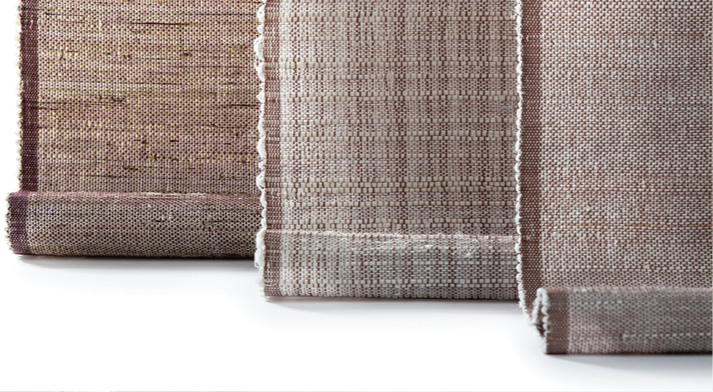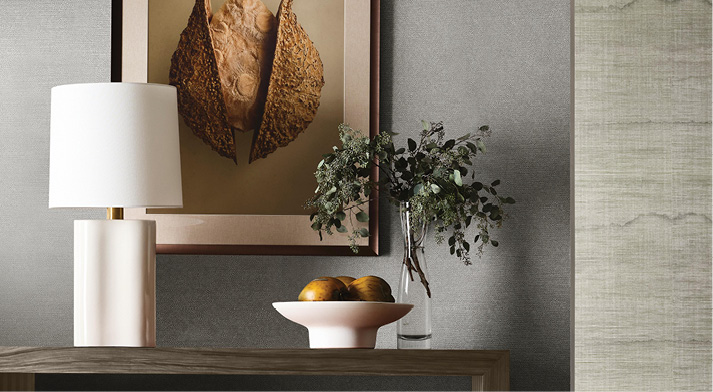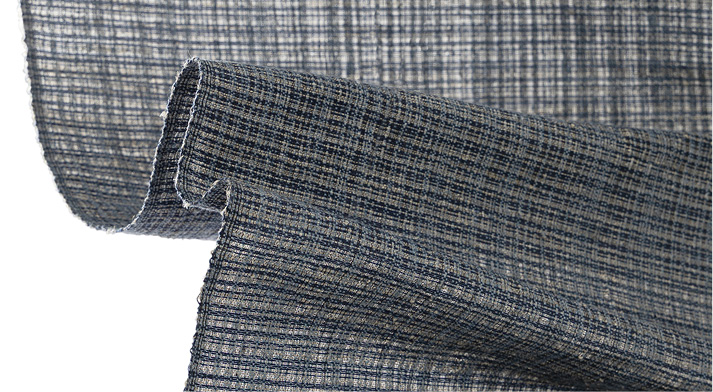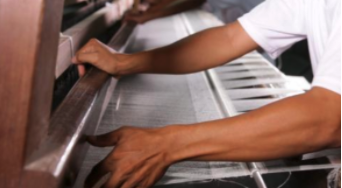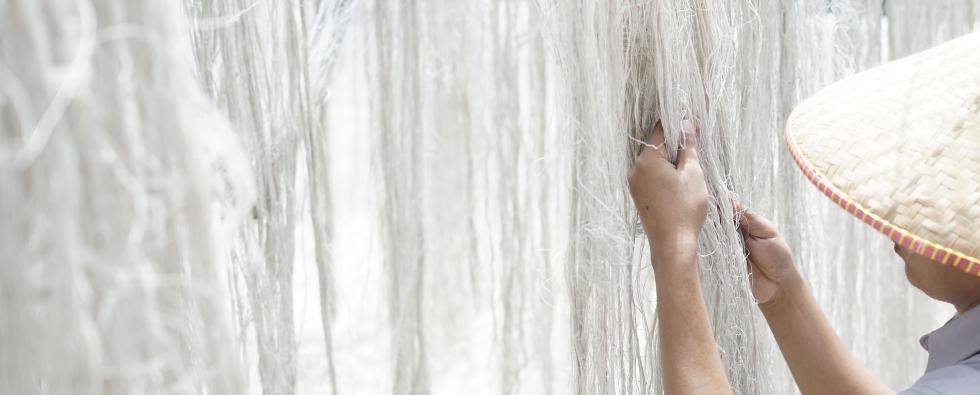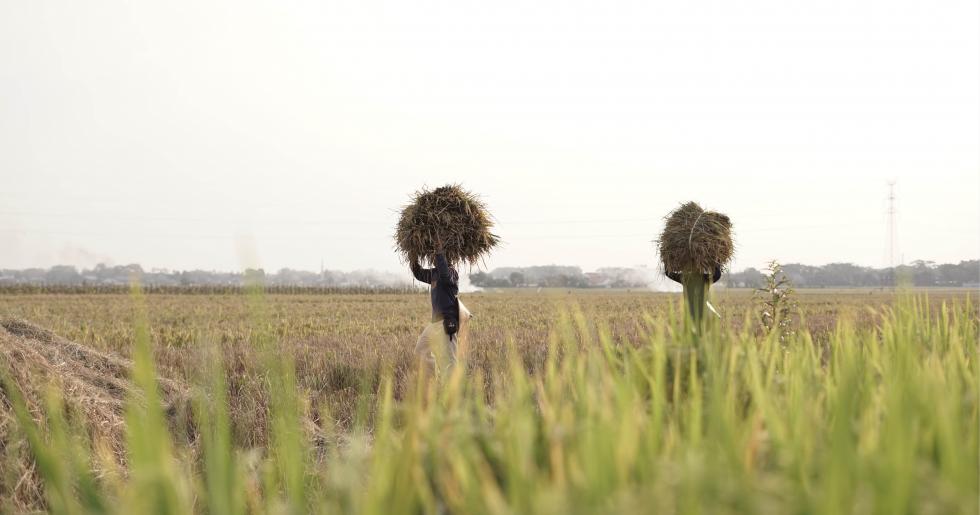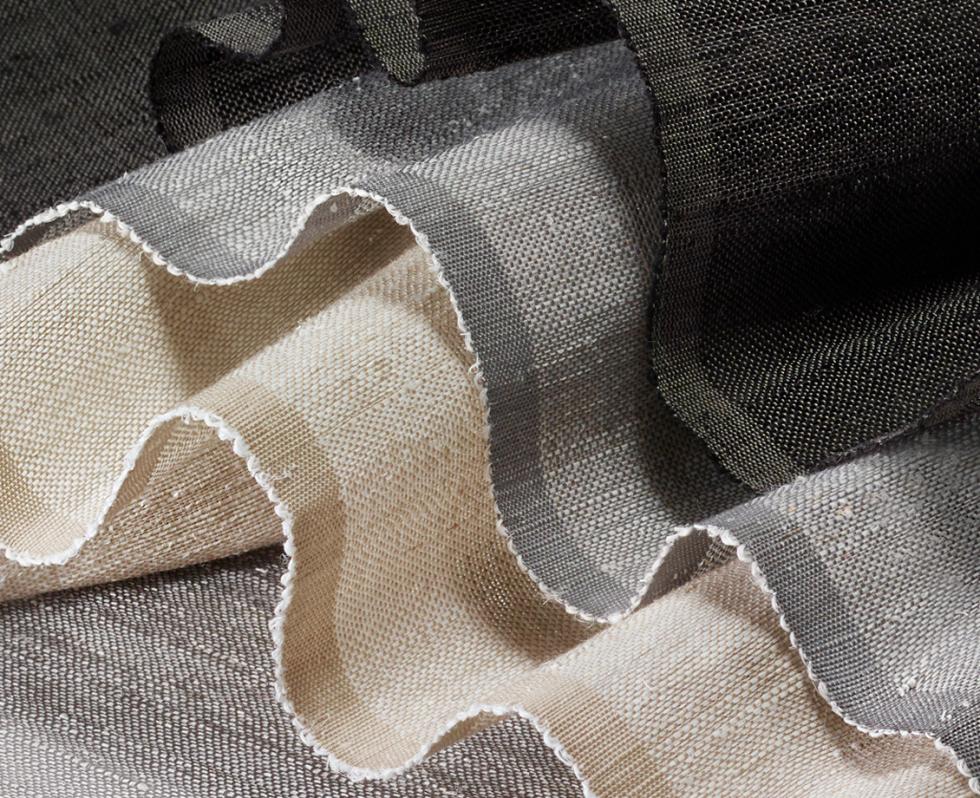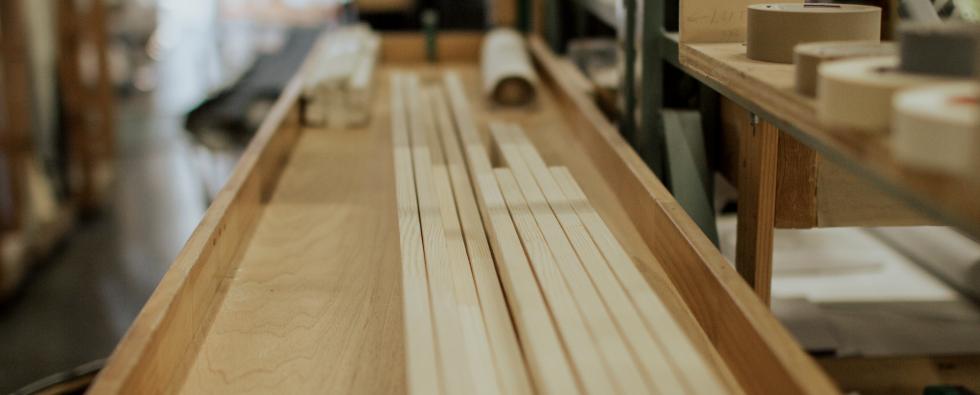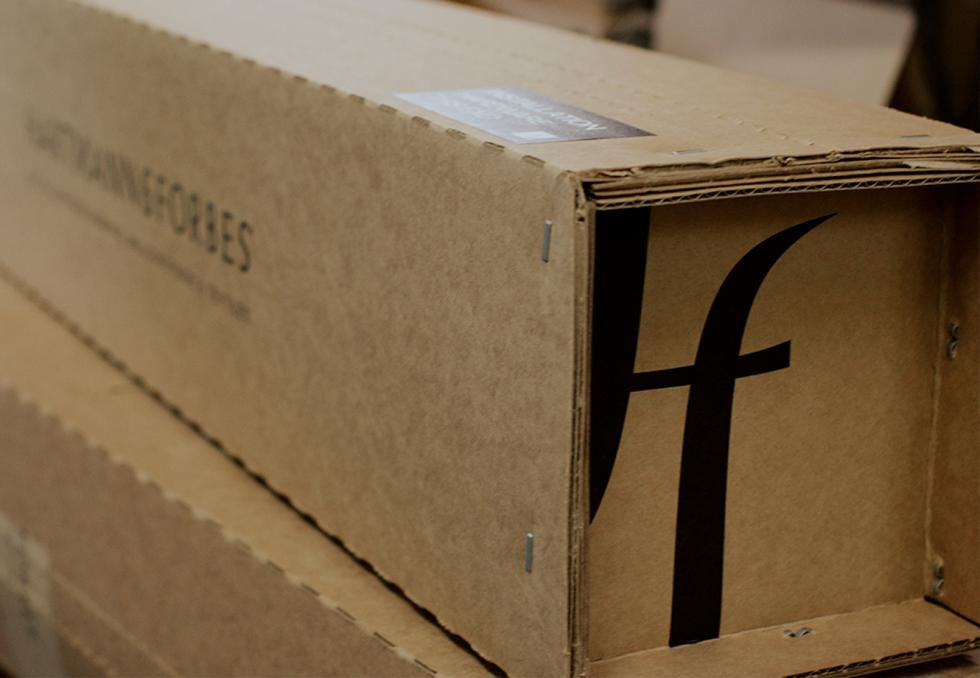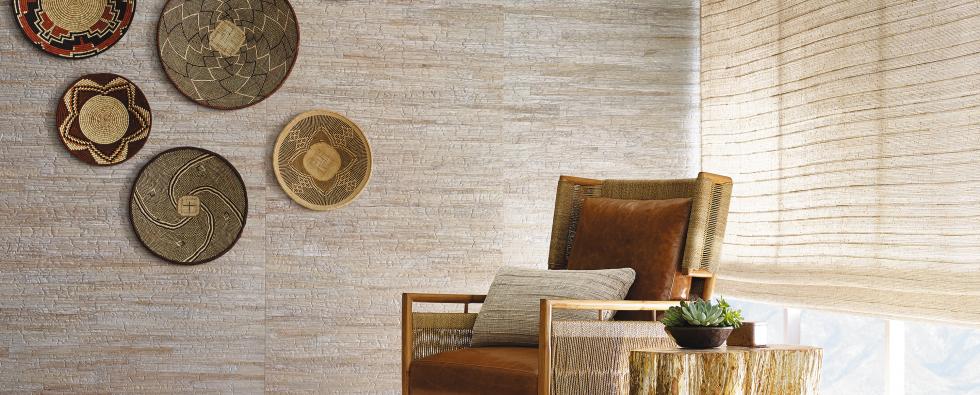The Making of
ARTISAN SHADEMAKING
Every culture captures its legends, histories and myths in its art. These stories can be found in baked clay, oil on canvas and in the warps and wefts of natural textiles. Behind each handwoven natural shades are the faces of those who touched it along the way – farmers who cultivated and cured raw materials to rich tones, skilled artisans that hand split, hand tie and hand weave the materials and American artisans who transform woven designs into One of One Natural Shades.
UNIQUE NATURAL FIBERS
The quality, character and design of each Hartmann&Forbes' shade begin with the careful examination and selection of premium natural fibers, each chosen using strict measures for color, texture and durability. Our horticulturist travels the world searching for truly unique and sustainable plant fibers to distinguish the Hartmann&Forbes shade collection.
Our signature fibers are rapidly-renewable and harvested exclusively from well-managed farming ecosystems. Climatic conditions determine the harvest yields, which in turn, impacts the availability of materials each season. Once extracted, bundles of raw fibers are delivered to the local village for weaving preparation.

STEEP AND SUN-DRY FIBERS
Fibers are steeped and cleaned, dyed and sun dried to remove moisture and bake-in color. This process often takes several days depending on the weather conditions.
Each plant produces fiber strands with different dimensions, in terms of both width and length. Fibers need to be hand split and hand tied in order to be long enough to be used on the handloom as weft fibers. Other hand techniques, such as braiding, twisting and modeling are used to accentuate the textiles design.
Setting up looms for weaving each pattern is a meticulous process, especially when offering the largest collection of designs, and the widest widths, in the industry. It can take several hours or even days per design and shade size. Warp yarns are rolled, partitioned and organized, then pulled, one by one, through the heddles to finish the loom set-up.
FLYING SHUTTLE
After weft fibers are knotted to create long continuous strands, they are tightly wrapped into figure eights' to be fit into the shuttle, a device that allows the Master Weaver to shuttle the fibers across the handloom.
HANDWOVEN-TO-SIZE
WEAVING AN EXCLUSIVE LOOPED SHADE EDGE
The hallmark of this weaving method is the exquisite loom-finished edge — a meticulous technique of looping weft fibers at each edge, then shuttling them back through the loom to create a continuous warp-edge finish. This arduous weaving technique delivers an exquisite shade-edge detail in seamless widths up to 180."
AMERICAN
HANDCRAFTSMANSHIP
WRAPPED HEADRAILS
Headrails are made from kiln-dried, finger-joint pine. Headrails are hand-wrapped with the weave material. H&F “Install Here” stickers are placed over the pre-drilled holes to assist with installation.

TAPERED HEMS
Bottom hems are also made from kiln-dried, finger-joint pine or hardwood- each hewn by hand, wrapped with shade fabric, then hand stitched to the shade material delivering an unparalleled quality detail. Once crafted, we proudly emboss each shade with a Hartmann&Forbes brand label, displaying the shades authorship and authenticity.
Once complete, each shade is inspected by a QC Inspector to ensure it’s ready to be packed and delivered to the project. Our inspectors keep us accountable daily to excruciatingly high standards.
We carefully wrap shades and place them in a custom designed sustainable package for transportation. Credits are then purchased to offset the carbon footprint of each shipment.
FROM HARVEST TO HOME
One of One Natural Shades help to create balance, harmony and clarity in a home – an inspired awareness that reconnects us to the healing qualities of nature.
